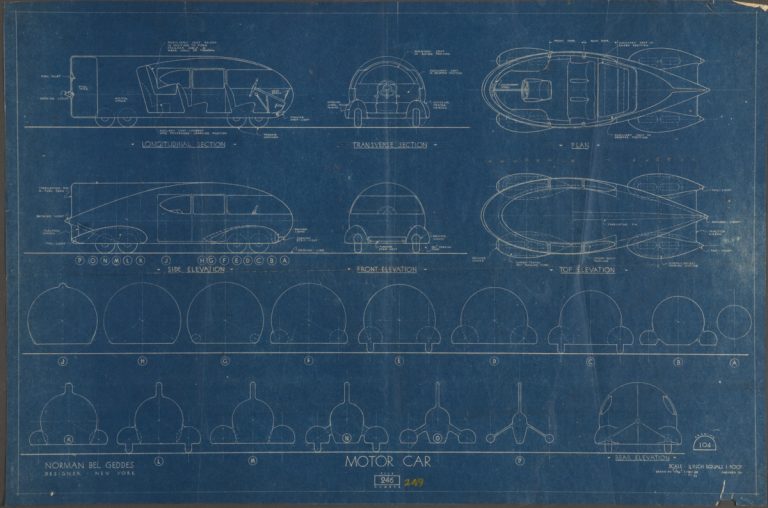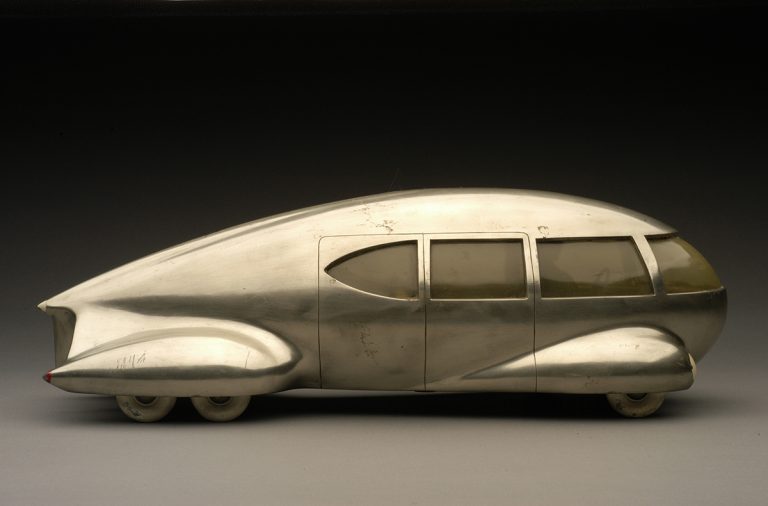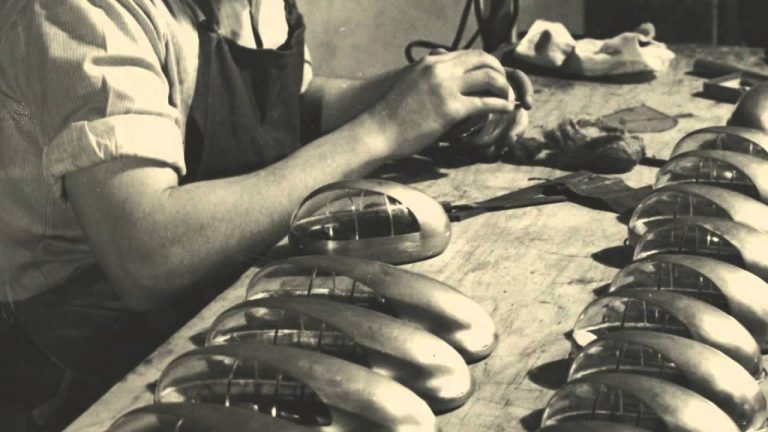“We dream of cars that will float or fly, or run on energy from a laser beam, or travel close to the ground without wheels. Such research may border on the fantastic, but so did the idea of a carriage going about the country without a horse.” –The Ford Book… read more
industrial design
Now open at the Wolfsonian: “I Have Seen The Future: Norman Bel Geddes Designs America”
The exhibition I Have Seen the Future: Norman Bel Geddes Designs America is now open at the Wolfsonian at Florida International University in Miami Beach, Florida. Pulled mostly from the Ransom Center’s Bel Geddes archive, the exhibition originated in fall 2012 at the Ransom Center and was on view earlier… read more
Curator of Norman Bel Geddes exhibition discusses influence of the industrial designer
Donald Albrecht, exhibition organizer and curator of architecture and design at the Museum of the City of New York, discusses industrial designer Norman Bel Geddes’s influence on the American landscape. Albrecht—editor of Norman Bel Geddes Designs America (Abrams)—emphasizes the breadth of the Bel Geddes collection at the Ransom Center, which… read more




